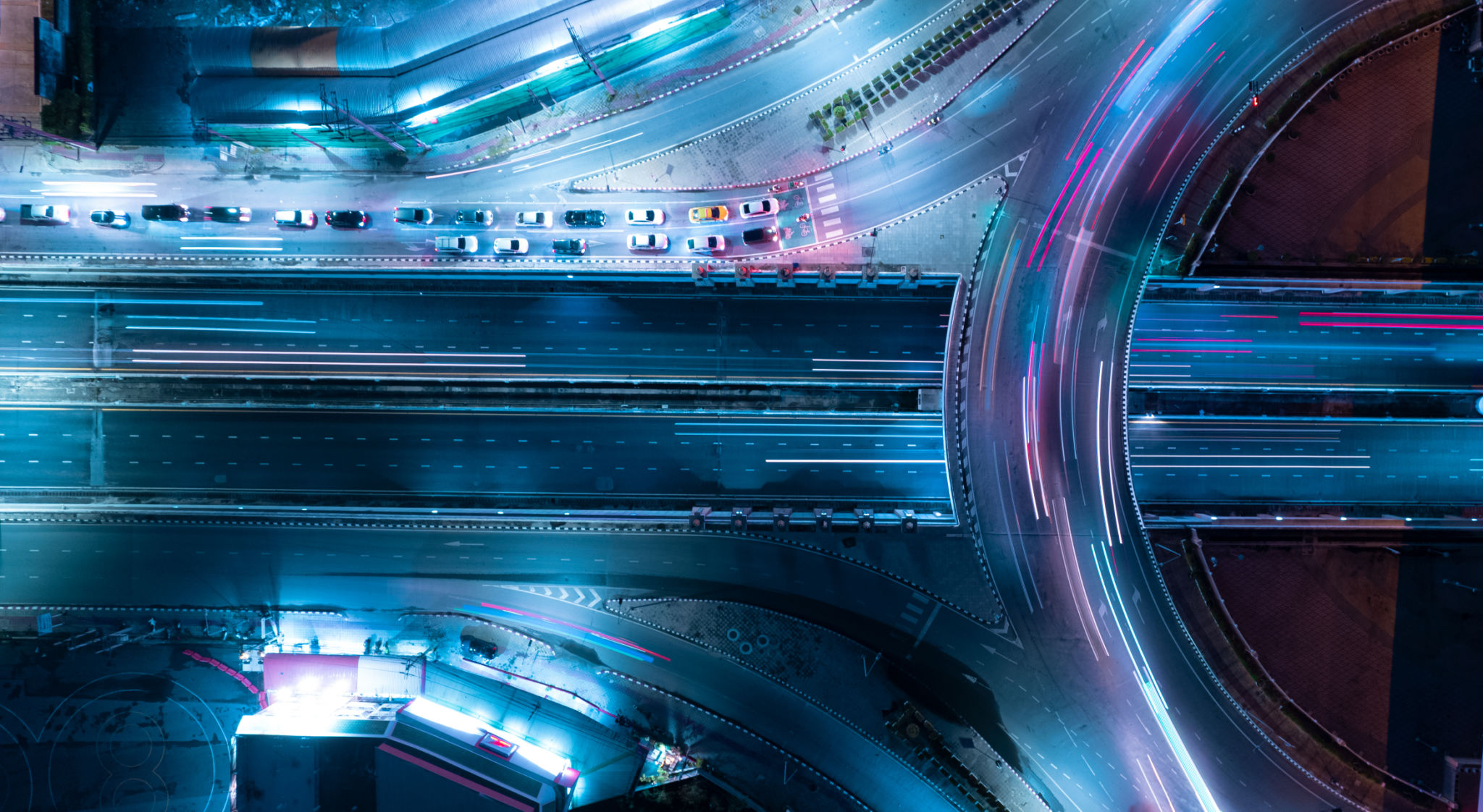Frequently Asked Questions About Road Construction in Fiji: Answered
KT
Why is Road Construction Necessary in Fiji?
Fiji, with its picturesque landscapes and vibrant culture, is a hotspot for both tourism and local travel. However, maintaining and upgrading road infrastructure is crucial to accommodate the growing demands of transportation. Road construction projects are primarily focused on improving connectivity, ensuring safety, and supporting economic growth.
Road construction helps in reducing travel time, improving access to remote areas, and facilitating better transport of goods and services. This is especially important for a country like Fiji, where efficient infrastructure can significantly boost tourism and local economies.

What Are the Common Types of Road Construction Projects?
In Fiji, road construction projects can vary widely based on the needs of the region. Some common types include:
- New Road Development: Creating new roads to connect previously inaccessible areas.
- Road Widening: Expanding existing roads to accommodate more traffic.
- Resurfacing and Maintenance: Regular updates to existing roads to enhance their lifespan and safety.
- Bridge Construction: Building or repairing bridges to improve connectivity across waterways.
These projects are crucial for ensuring that Fiji’s road networks remain efficient and safe for all users.
How Are Road Construction Projects Funded?
Funding for road construction in Fiji comes from a mix of government allocations, international aid, and private sector partnerships. The government often prioritizes projects based on critical needs and potential benefits to the community. Additionally, international organizations sometimes provide grants or loans to support infrastructural development.

This collaborative approach ensures that the necessary resources are available for comprehensive planning and execution of road projects across the islands.
What Are the Challenges Faced During Road Construction?
Road construction in Fiji faces several challenges, including geographical constraints, unpredictable weather patterns, and budget limitations. The diverse terrain, ranging from coastal areas to mountainous regions, requires specialized engineering solutions. Moreover, heavy rainfall and tropical storms can significantly delay construction timelines.
Addressing these challenges involves strategic planning, employing advanced technology, and ensuring effective communication among all stakeholders involved in the project.
How Does Road Construction Impact Local Communities?
The impact of road construction on local communities can be both positive and negative. On the positive side, improved roads lead to better access to essential services such as healthcare and education. They also open up new opportunities for business growth and tourism development.

However, the construction process can cause temporary disruptions, such as noise pollution and detours. It is essential for project managers to engage with local communities to address concerns and minimize inconvenience during the construction period.
How Can the Public Stay Informed About Road Construction Projects?
The Fiji Roads Authority (FRA) plays a significant role in disseminating information about ongoing and upcoming road construction projects. They regularly update their website with project details, timelines, and any potential disruptions. Local media outlets also provide coverage on major developments related to road infrastructure.
Staying informed allows residents and travelers to plan their journeys better and adjust to any changes in road conditions due to construction activities.
What Are the Long-Term Benefits of Improved Road Infrastructure?
The long-term benefits of improved road infrastructure in Fiji are far-reaching. Enhanced roads contribute to economic growth by facilitating efficient transport of goods and services. They also improve access to remote areas, promoting tourism and cultural exchange.
Furthermore, better roads enhance safety for all road users by reducing accident rates and providing safer environments for pedestrians and cyclists. These improvements ultimately lead to a higher quality of life for residents across Fiji.
